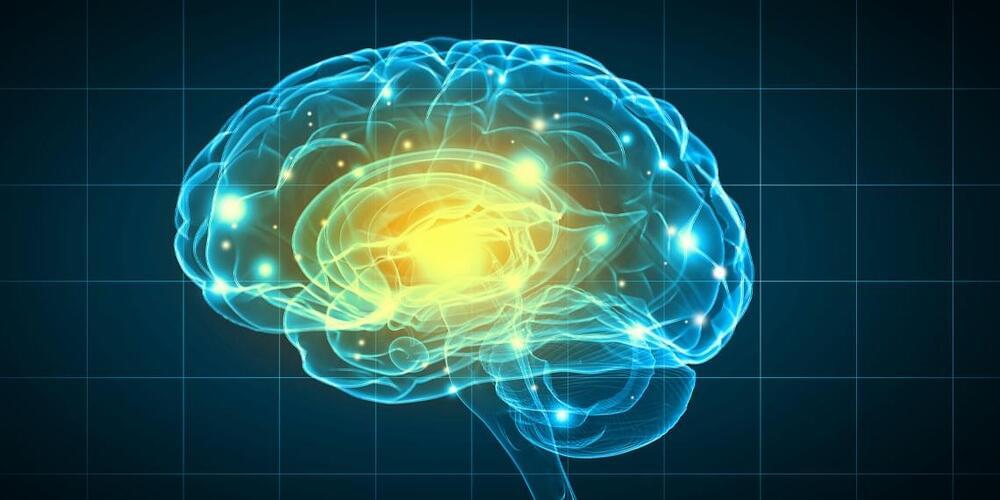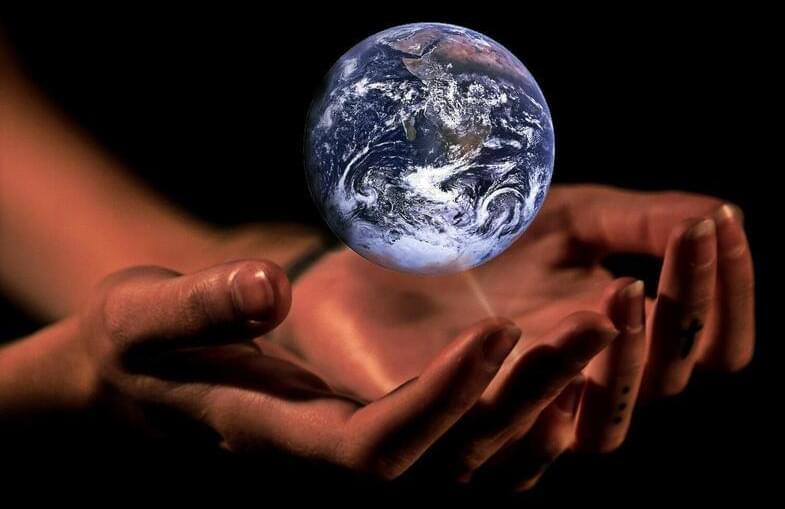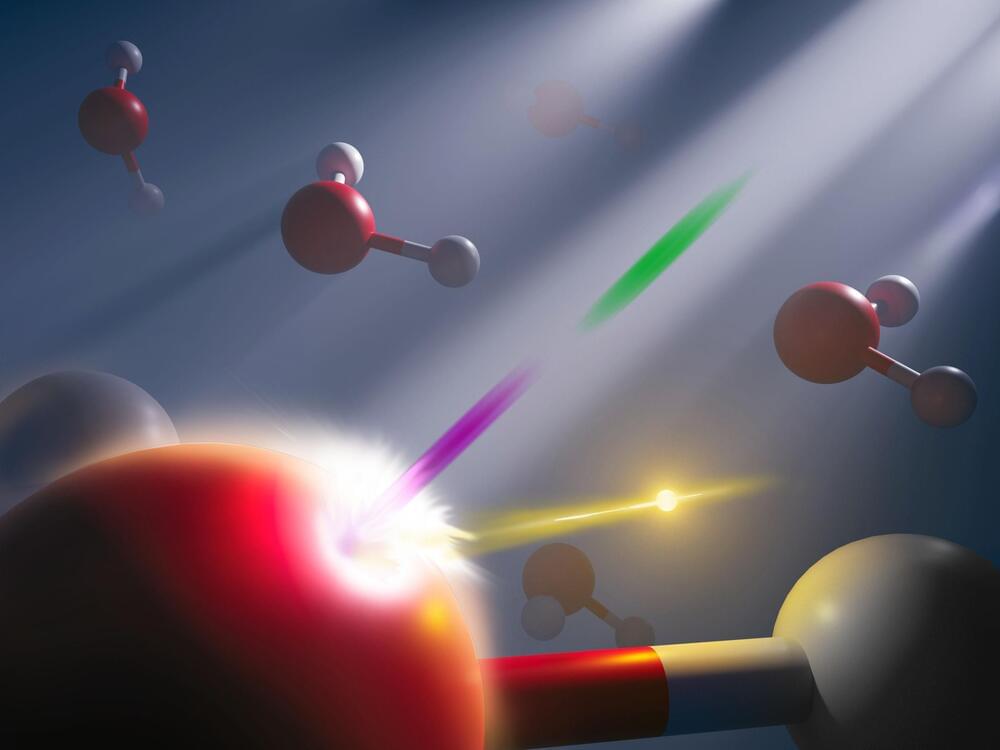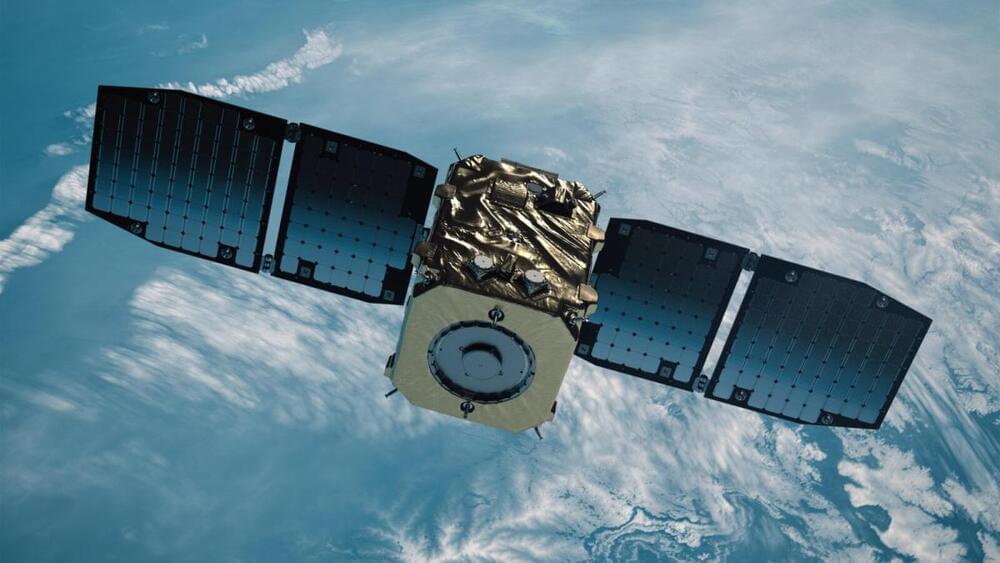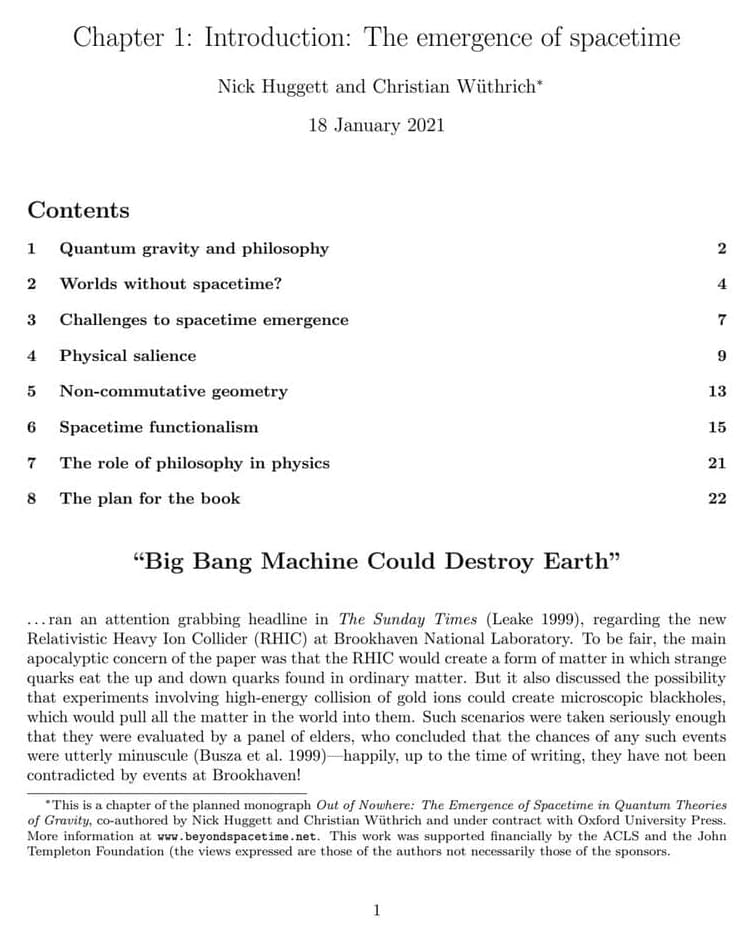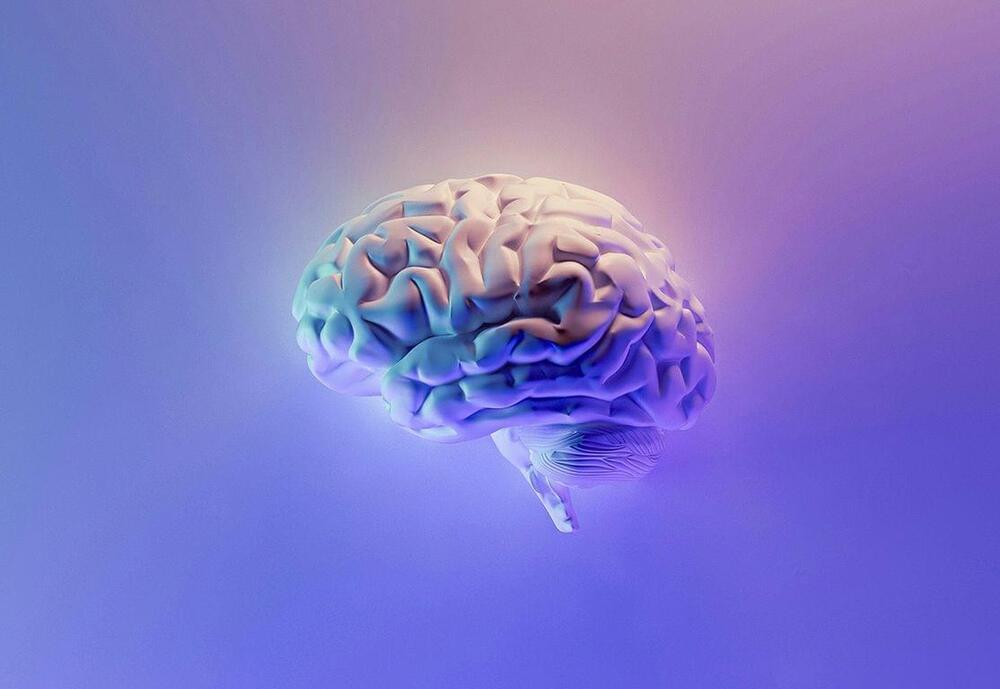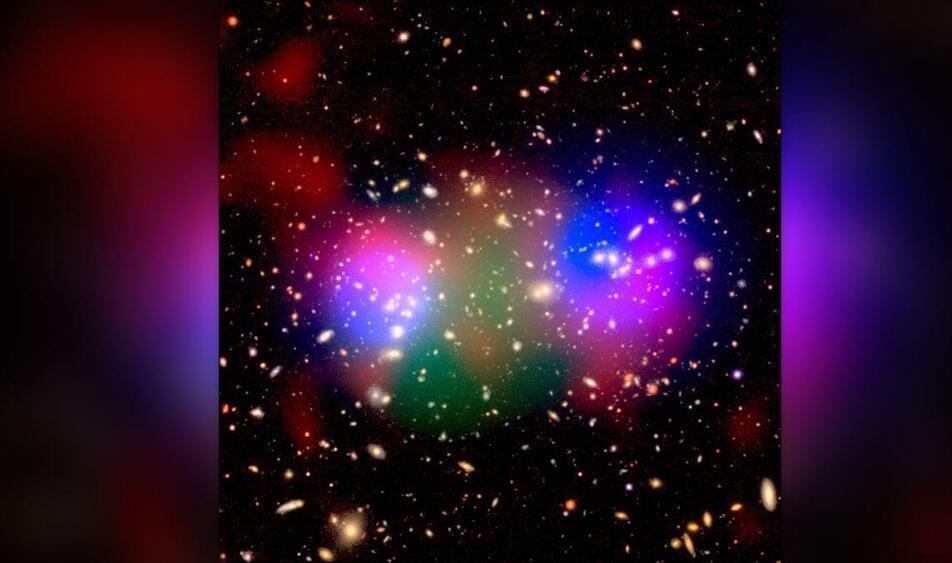Researchers discovered dopamine plays a crucial role in adapting decisions to changing situations. Using PET and fMRI scans, they found dopamine increases in the brain’s reward center during task changes, aiding learning from mistakes.
A study, published in One Earth, is the first to analyze the interplay of electrification and hydrogen in EU climate neutrality scenarios at greater sectoral detail. The analysis shows higher potential for electrification and identifies a more confined deployment range for hydrogen-based energy than earlier studies.
“Previous research has shown that our power system can be transformed to renewable sources like wind and solar at low cost and low environmental impact. However, the next question is how this renewable electricity can be used to substitute fossil fuel use in the buildings, industry and transport sectors. Our analysis shows that the direct use of electricity, for example, via electric cars and heat pumps, is critical for a broad range of sectors, while the conversion of electricity to hydrogen is important only for few applications,” says Felix Schreyer, PIK scientist and lead author of the study.
Using the energy-economy model REMIND, PIK-scientists investigated plausible combinations of both strategies in EU energy system transformation pathways under different scenario assumptions.
Walls are going up at Tesla’s Supercharger, diner and drive-in movie theater concept in Los Angeles, California, as shown in new footage.
Scientists have blazed a new trail for studying how atoms respond to radiation, by tracking the energetic movement of excited electrons.
Astroscale’s ADRAS-J spacecraft, a demonstration satellite that could inform future space junk cleanup efforts, is now in orbit after a successful launch from New Zealand on Sunday. The satellite was sent to space atop an Electron rocket from Rocket Lab. Its mission, which was selected by Japan’s space agency (JAXA) for Phase I of the Commercial Removal of Debris Demonstration program, will see ADRAS-J rendezvous with an old Japanese rocket upper stage that’s been in orbit since 2009.
There it goes! 🛰️👋
ADRAS-J is now in orbit, ready to start its mission of rendezvousing with an aging piece of space debris and observing it closely to determine whether it can be deorbited in future.
Intro1_012_Archive.pdf
Posted in futurism
Does life appear independently on different planets in the galaxy? Or does it spread from world to world? Or does it do both?
New research shows how life could spread via a basic, simple pathway: cosmic dust.
One thing scientists have learned in the past few decades is that life on Earth might have had an early start.
Many believe deep learning will continue to advance and play a crucial role in achieving AGI — but it does have its limitations.
Scientific research continuously expands our collective knowledge and pushes innovation forward. But what good is that innovation if it isn’t accessible to large swaths of the global population?
English is the standard language for most scientific communication — nearly 98% of scientific research is published in English. While standardizing scientific publications into a single language can streamline discussion, it is incredibly limiting for populations that don’t speak English.
A UCLA-led project aims to alleviate this issue. A collaboration among the UCLA Brain Research Institute, the UCLA Department of Spanish and Portuguese and the nonprofit organization Knowing Neurons is translating the informational content on Knowing Neurons’ platform into Spanish. Created by a group of graduate students at UCLA and USC in 2012, Knowing Neurons works to make neuroscience accessible to people interested in learning about the brain.
The invisible substance called dark matter remains one of the biggest mysteries in cosmology. Perhaps, a new study suggests, this strange substance arises from a ‘dark mirror universe’ that’s been linked to ours since the dawn of time.
